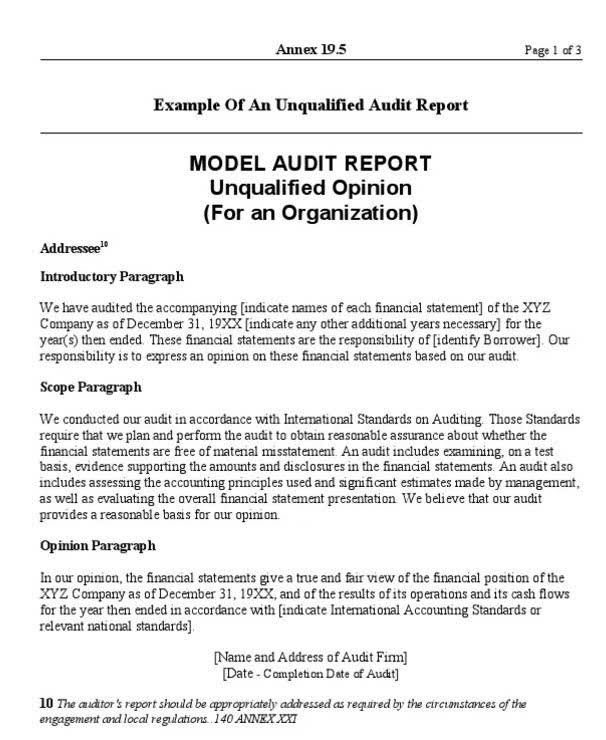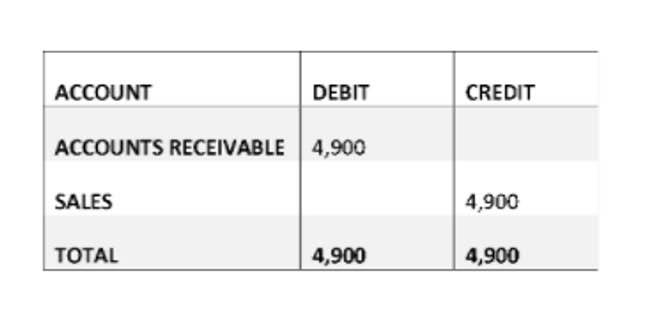
This is because it is calculated by dividing total assets with total equity. Since both total assets and total equity are positive numbers, equity multiplier will always be a positive number. The equity multiplier is a financial ratio that measures the debt-to-equity ratio of a company. This ratio is used by creditors to determine the financial risk of lending money to a company.

Debt and Financing

So let’s take a look at what high equity multiplier and low equity multiplier might mean. You can use an equity multiplier calculator or manual equity multiplier calculation. Once you have the equity percentage, you can see financing between equity. This ratio compares a company’s market value to its book value, providing insight into whether a stock is undervalued or overvalued relative to its actual financial worth. The price-to-book (P/B) ratio is more related to valuation but still offers useful insights when compared to the equity multiplier. The interest coverage ratio is a critical metric for understanding a company’s ability to meet the equity multiplier is equal to its interest obligations, which is especially relevant when considering leverage.

Company
The equity multiplier is therefore a variation of the debt ratio, in which the definition of debt financing includes all liabilities. The equity multiplier measures the ratio of total assets to total equity, while the debt-to-equity ratio compares a company’s total debt to its total equity. Both ratios provide insights into a company’s financial leverage but from slightly different perspectives. Walmart’s equity multiplier ratio of 3.17x suggests a moderate level of financial leverage, with a balance between debt and equity financing. This ratio is lower than the technology and financial sectors, reflecting the relatively stable and predictable nature of Walmart’s retail business model. A lower equity multiplier ratio may indicate a lower risk profile for Walmart compared to companies with higher ratios.
- Companies that have higher debt burdens could prove financially riskier.
- If the ratio is high, it would signify that the proportion of debt is higher as compared to equity and a lower ratio would indicate a higher proportion of equity.
- This ratio is crucial in determining the amount of leverage a company is using to finance its assets.
- It’s evident that ABC Company is the least appealing of the two companies.
- Equity multiplier is a useful tool for assessing a company’s financial leverage.
Key Takeaways
Thus, tracing all ratios gives a solid base to make a prudent decision. With that said, there are certain special conditions and considerations that sometimes arise. Avid investors keep a keen track on the key performance indicators of a company which help them in decision-making. Equity multiplier ratio is a number that establishes the Food Truck Accounting relationship between the debt and the equity portion of the finances of a company’s assets. In simpler words, the equity multiplier ratio tells you about how much or what percentage of a company’s assets are financed through debt and shareholder equity. Despite its limitations, the asset to equity ratio is a useful tool for assessing a company’s financial leverage.

The corporation probably has very little debt, and its ownership is greatly diluted if the equity multiplier is high. A low equity multiplier, on the other hand, suggests that the company is deeply indebted, which raises risk. So, our imaginary company has an equity multiplier of 5, which means that it has 5 times more debt than equity funding its assets. 2) To increase the equity multiplier through decreasing equity, a company can buy back shares of stock or issue a special dividend. This will decrease the denominator of the equation, while keeping the numerator (debt) constant. 1) To increase the equity multiplier through increasing debt, a company can take on more debt.
- This is a simple example, but after calculating this ratio, we would be able to know how much assets are financed by equity and how much assets are financed by debt.
- Total assets are on a company’s balance sheet, while total equity is on a company’s balance sheet or in its shareholder’s equity section.
- Investors commonly look for companies with a low equity multiplier because this indicates the company is using more equity and less debt to finance the purchase of assets.
- The company’s equity multiplier was therefore 2.8x, which can be compared with its equity multiplier for the year 2016, which was 2.34x.
- Capital-intensive industries typically have higher equity multipliers due to their reliance on debt to finance large assets.
- But XYZ Company is less leveraged than ABC Company, and therefore has a lower degree of financial risk.
Equity Multiplier: Definition, Formula & Calculation

It entails the proportion of equity financing with a company’s assets. As an investor, if you look at a company and its multiplier, you would only be able to tell whether the company has been using high or low financial leverage ratios. Along with finding out each unit of total assets for each unit of total equity, it also tells a lot about how much the company has financed its assets through external sources of finance, i.e., debt.
- This will decrease the denominator of the equation, while keeping the numerator (debt) constant.
- Company ABC has a higher equity multiplier than company DEF, indicating that ABC is using more debt to finance its asset purchases.
- Simply put, the equity multiplier is a financial ratio that measures the amount of debt a company has compared to the amount of equity.
- This is the case if the company finds it is cheaper to incur debt as a financing method compared to issuing stock.
- Strategies such as refinancing high-interest debt, reducing unnecessary expenses, and improving operational efficiency can help manage and optimize the equity multiplier.
- Under DuPont analysis, we need to use three ratios to find out the return on equity.
- In other words, it shows the proportion of shareholder’s equity as compared to debt in the financing the assets of the company.
Leverage Analysis
This equation shows that a higher equity multiplier, through increased financial leverage, can significantly boost ROE, assuming profit margins and asset turnover remain constant. If adjusting entries you see that the result is similar to the company you want to invest in, you would be able to understand that high or low financial leverage ratios are the norm of the industry. The equity multiplier is calculated by dividing the company’s total assets by its total stockholders’ equity (also known as shareholders’ equity). Because their assets are generally financed by debt, companies with high equity multipliers may be at risk of default.

Recent Comments